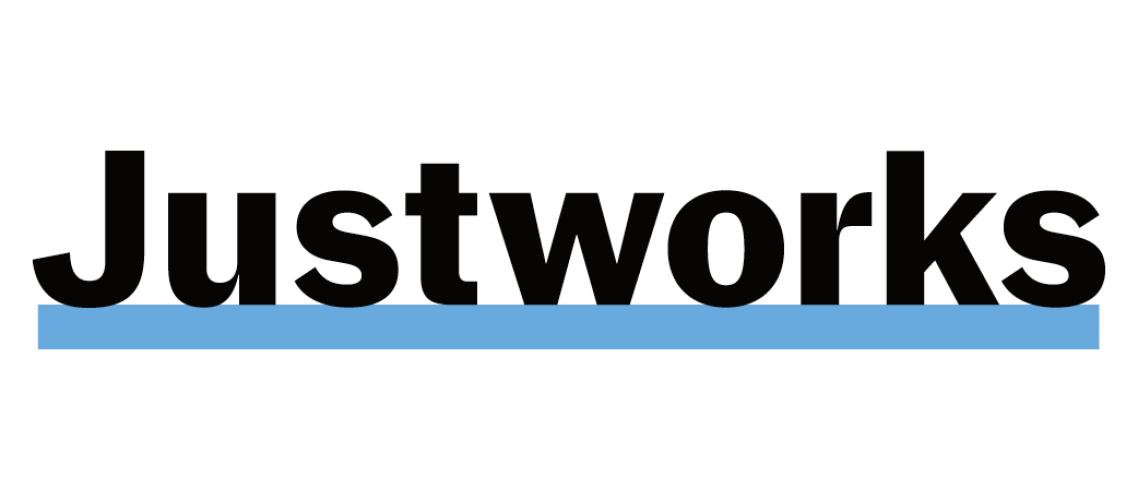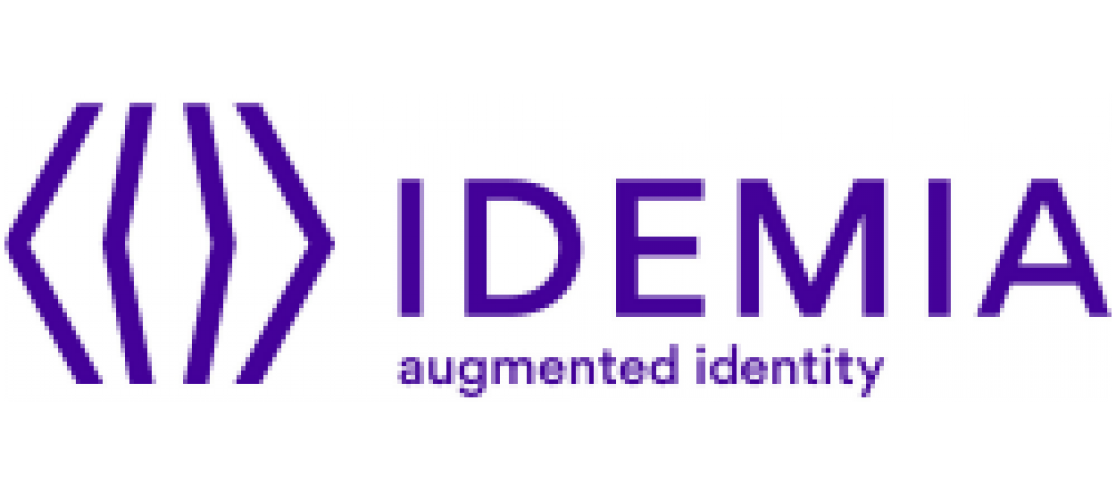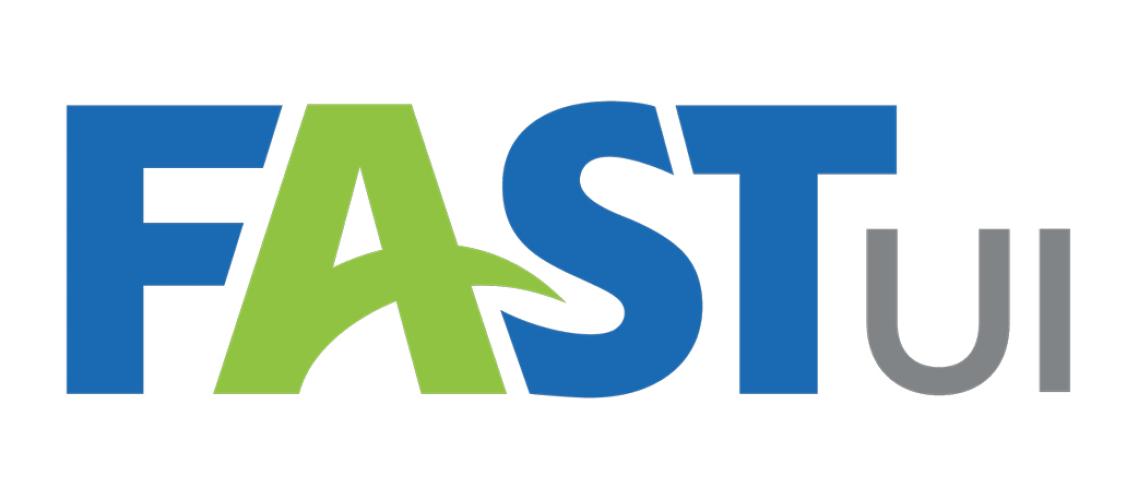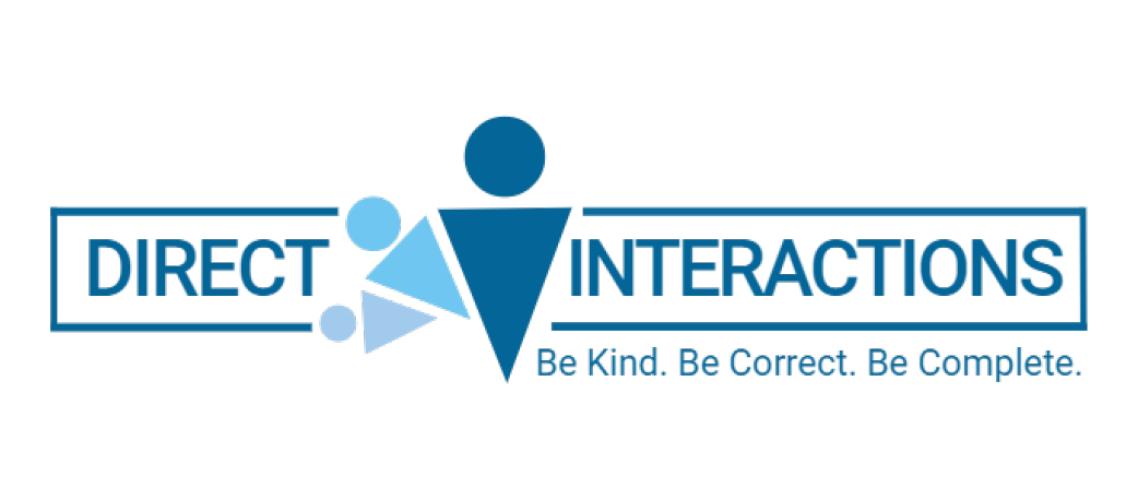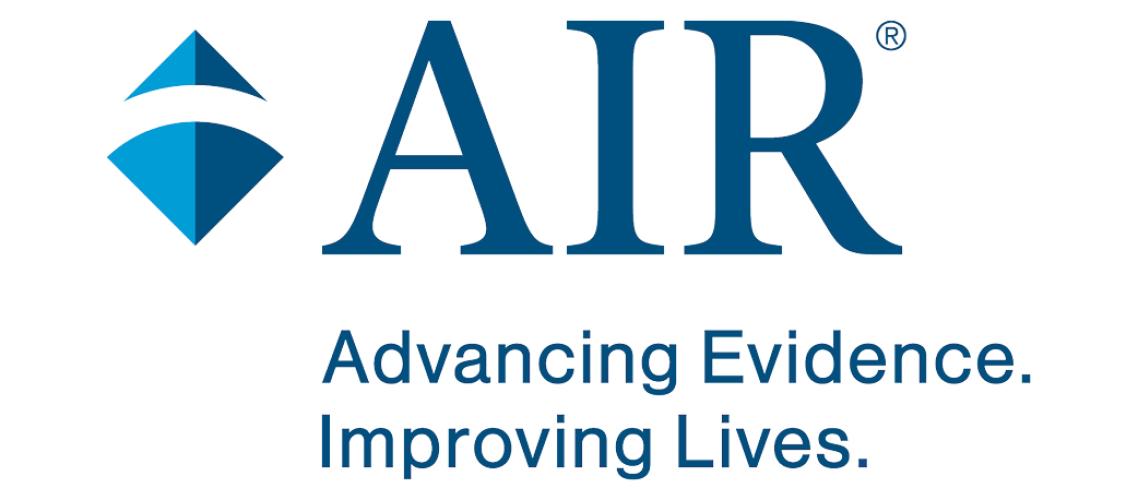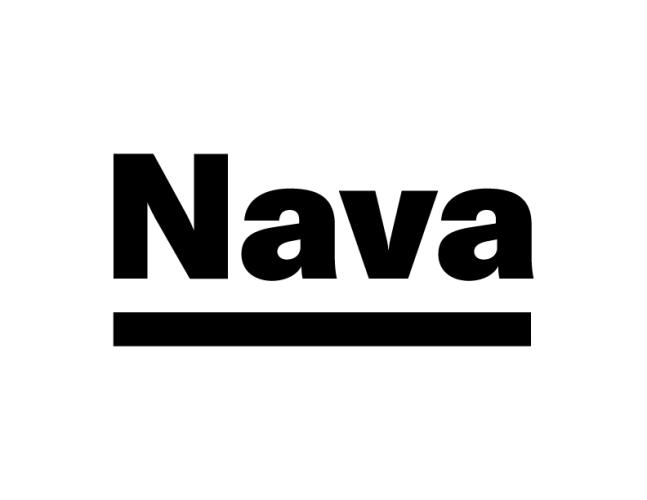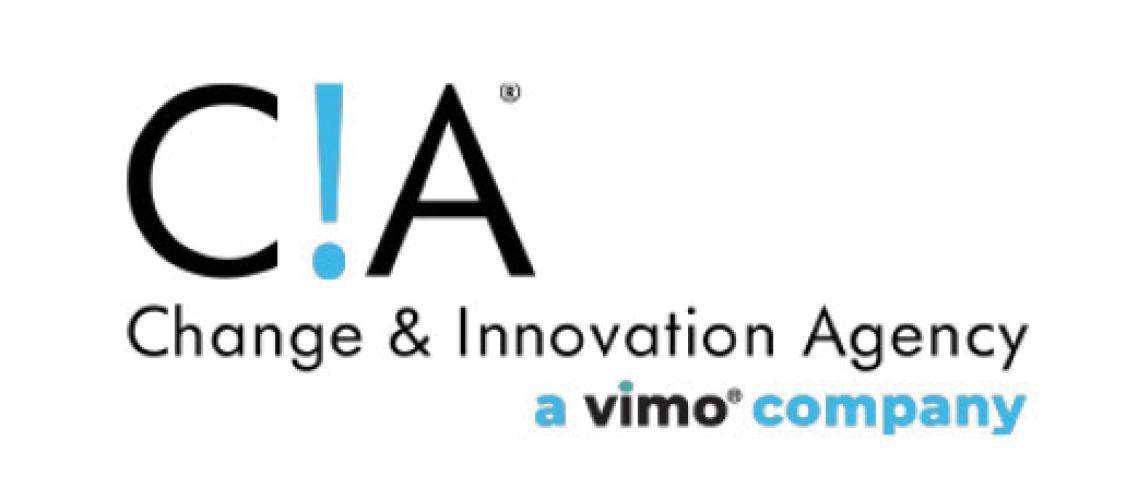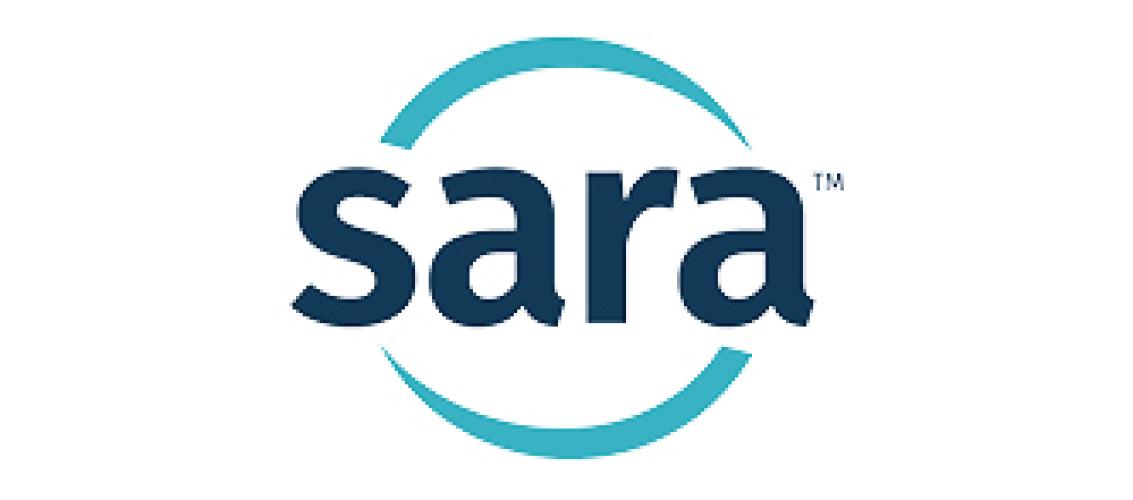Guiding Policy for Apprenticeship
Earn-and-learn training models vary across states based on conditions and policy priorities. That flexibility is important and should remain. NASWA supports registered and non-registered apprenticeship models as part of this rich landscape. Registered apprenticeship plays an essential role in growing the nation’s economy by providing a structured, systematic, credential approach to workforce development based on national industry standards. Workers benefit because their credential has value beyond one firm or state, and businesses benefit because the credential provides clear signals on skills and training. Non-registered apprenticeship efforts, while varying in their structure and credentialing, also help provide a talent pipeline solution to one or a community of businesses in many states.
The following principles should be kept in mind when considering changes to the apprenticeship system.
1. The Workforce Innovation and Opportunity Act (WIOA), passed in July 2014, intentionally sought to create a more seamless and better-integrated service delivery system for the shared customers of all workforce development programs, including those administered by Labor, Education, and HHS, via complimentary partnerships. Any earn-and-learn legislation, including legislation impacting the apprenticeship system, should draw on these partnerships and connections.
2. The recent Accelerator and Expansion grants to many states to initiate or expand registered apprenticeship systems have proven highly successful. They demonstrate that state workforce agencies and their partners are key to developing apprenticeship programs that can operate as a sustainable, statewide system, instead of one-off efforts. With the help of these grants, states are expanding innovative apprenticeship programming to train workers in a host of demand industries to better meet business needs.
3. State workforce agencies and their state agency partners would like to continue to expand and grow their apprenticeship systems. Episodic grants at the current funding levels do not provide an adequate resource base to allow large gains in activity in many states. NASWA recommends sustaining the momentum of the recent federal grants through ongoing, targeted federal investments of at least $100 million annually, but twice as much is needed to ensure all states have the opportunity to grow the apprenticeship model on a systemic basis.
4. Workforce formula grants are also a key funding source supporting apprenticeship initiatives in many states. It is important to maintain this funding as a foundation for state apprenticeship initiatives.
5. The existing federal-state registered apprenticeship model provides sufficient flexibility to tailor the programs to individual state circumstances, but registration issues and backlogs are occurring for businesses in some states, in part because insufficient federal resources have been committed.
6. NASWA supports federal funding and flexibility for states to operate other “earn and learn” strategies that address local and state workforce development needs if such funding and flexibility do not detract from continued funding to expand registered apprenticeship programs.
7. Quality matters. Whether “registered” or not, publicly-supported apprenticeship programs should be built to a high level of rigor and provide skills transferable across a business sector.
___________________________________________________________
1 Earn-and-learn programs provide opportunities for individuals to pursue education and training, while also earning an income. Workers benefit not only from the income, but also from developing recent employment experience, skills, and relationships, and businesses benefit from growing their talent pipeline. To the extent they enhance labor force participation, such programs also add to the economy.



